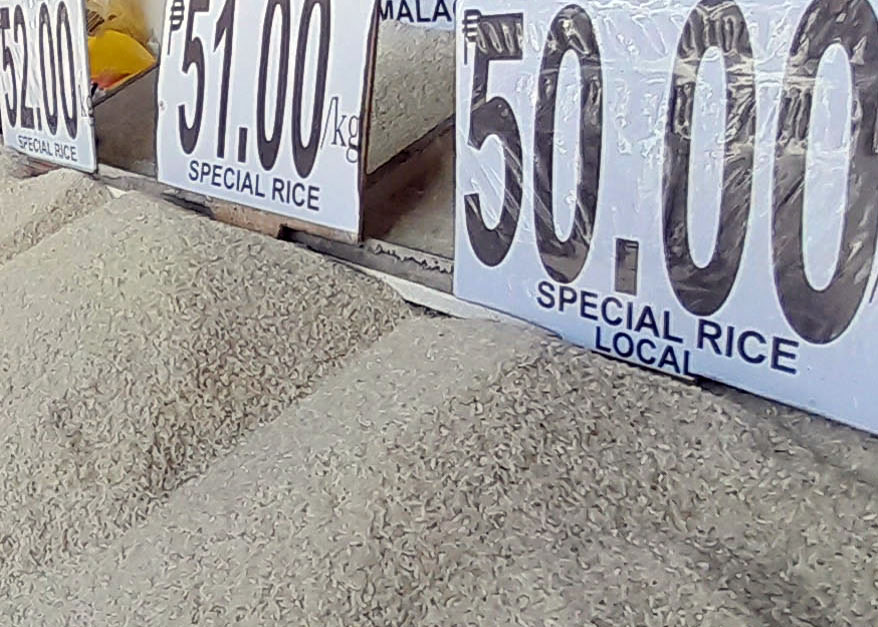The price of rice has increased to 8.7 percent in August from 4.2 percent in July 2023, or double the amount, according to a Philippine Statistics Authority (PSA) report.
To respond to this situation, Dr. Frisco Malabanan, MRIDP Productivity enhancement focal person, said hybrid rice will assure food supply sufficiency in the country as the population increases over time.
Hybrid rice, espoused by the Masagana Rice Industry Development Program (MRIDP), is expected to increase production per area with a reduced production cost.
Malabanan said the increase in population requires a concomitant increase in rice production, such that even a small farm lot can be maximized by planting hybrid rice. Modern technology can make a difference in rice yield, he said during National Rice Technology Forum (NRTF) press conference on Sept. 19,
Malabanan recalled there was only 12.3 million metric tons of palay, before the hybrid rice was produced, now the country produces close to 20 million metric tons of palay. He said the increase can also be attributed to nutrient management, pest and disease control, and good water management.
He cautioned farmers to continue diversifying agricultural production to ensure return on investments. He added they have to consider the additional cost of investment for the seed and additional fertilizer for the initial planting of the crop.
He cited that for two sacks of inbred seeds, it would cost a farmer more than P3000, while in hybrid seed which is 15-18 kilo per hectare, it costs P4,500- P5,000 pesos per hectare. Whe using hybrid seeds, farmers have to add 1-2 bags of nitrogen fertilizer.
“It’s just a matter of educating the farmers that hindi talaga ganun kalaki ang gastos sa hybrid, ang habol mo bilang rice farmer, kada piso na iinvest mo, magkano ang babalik sa bulsa mo,” Malabanan said.
Malabanan said farmers are now beginning to appreciate the use of hybrids, citing that in 2002, the pilot area was only 3,000 hectares and that 11 years later, it has grown to 1.6-M hectare or 145,000 hectares per year. The MRIDP is looking at 1.8- 1.9 million hectares by 2024 nationwide.
The official cited the farms planting hybrid rice in Nueva Ecija produces an average of 8 metric tons, and they are planting close to 100,000 hectares. He stressed that enough irrigation water, solar radiation, low pest and diseases has to be considered.
Malabanan affirmed that farmers need not worry with the commercialization of hybrid rice as its quality is anchored with the standards to ensure it is acceptable to the consumers.
“Lahat ng rice varieties na dinedevelop sa Pilipinas, we follow grain standards, kung ano ang gusto ng ating kababayan when it comes to lambot, tigas ng bigas o kanin, yun yung ginagawa sa rice breeding institutions,” he said.
Department of Agriculture (DA XI) Regional Technical Director for Operations, Marila Corpuz, said that of the 58,000 hectares of rice field in the region, only 40,000 hectares adopt hybrid rice production, considering the water source in the region. However, the provinces of Davao del Sur and Davao Oriental have the largest production of hybrid rice seed that the whole country depends on.
Some 15 members of the Asia Pacific Seed Association (APSA) will be visiting Davao del Sur and Davao Oriental to see hybrid rice production and commercialization for potential investments in the region as part of the 16th national rice forum on Sept. 21.

